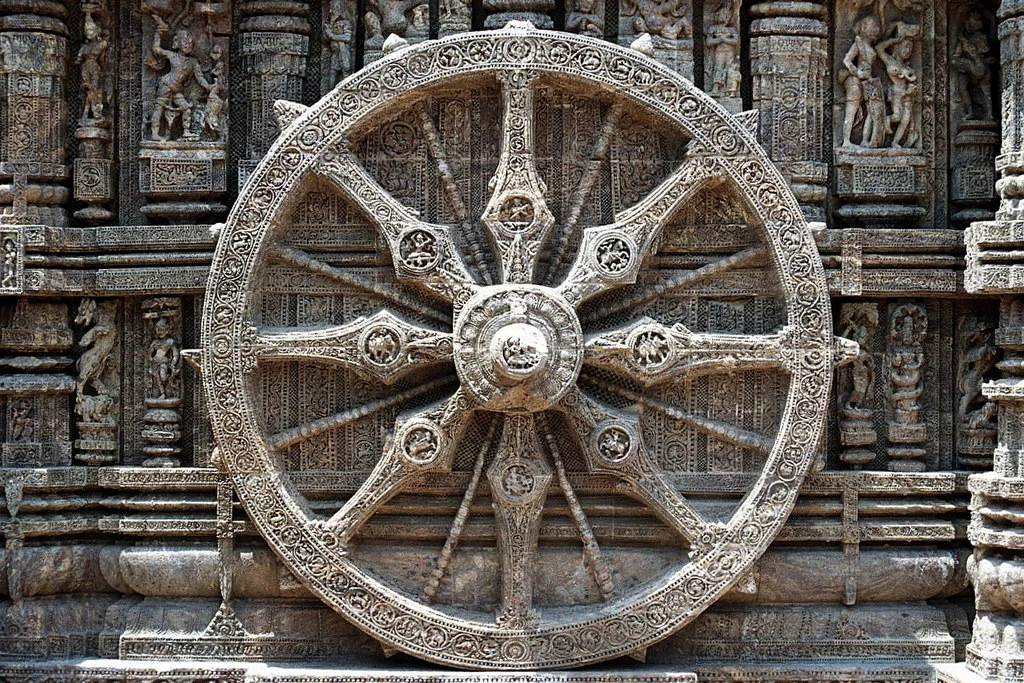What is Buddhism?
When thinking of Buddhism, things that pop in your mind may include monks, the Buddha, bodhisattvas, and temples.
Or perhaps you may think about Herman Hesse’s novel, Siddhartha. The Bamiyan Buddha sculptures in Afghanistan may also appear in your mind. And what about Chinese epic tale The Journey to the West? All of these things may seem dispersed and part of different contexts, but in fact they are all related to Buddhism.
Photo by Aaron Shumaker, Flikr.
THE BASIC TEACHINGS OF BUDDHISM
Buddhism traces its history back over 2,500 years to present-day Nepal and a man named Siddhartha Gautama, known as the Buddha. Siddhartha Gautama was a man who began a spiritual tradition that sought to understand the world beyond its material experience. After much meditation, the Buddha articulated a method to explain life.
The Buddha: Life is hard. People pass away, money is not unlimited, and love does not last forever. In life, everything is impermanent, and this impermanence is so painful. We grieve over death, we are heartbroken at loss, and we have to feel hunger and pain. But I do not think that life is simply an endless cycle of suffering. If we do enough good deeds, and if we think hard enough about life, we can be liberated from suffering. The day when we understand everything is when we will finally be free from the cycle of death, rebirth, and suffering known as samsara.
This state of liberation is also known as nirvana.
Dharmachakra, Buddhist eight-spoked wheel. Konark Sun Temple in Orissa, India. Photo by Chaithanya Krishnan, user saamiblog, Flikr.
TWO MAIN STRAINS
Is Buddhism a religion? There are many different forms of Buddhism, and some have more of a religious approach than others. For the purposes of this brief guide, we will define religion as one that primarily involves an act of faith.
Today, we can classify the various strains of Buddhism under two main categories: Theravada and Mahayana. The Theravada branch of Buddhism is most closely related to the earliest schools of Buddhism, and focuses on what the Buddha originally articulated as the path to Enlightenment. Theravada Buddhism is predominant in Sri Lanka, Cambodia, Laos, Burma, and Thailand, etc.
Seated Buddha, Gal Viharaya. Polonnawura, Sri Lanka. Photo by Bernard Gagnon, Wiki Commons.
As Buddhism traveled outside of India through Buddhist missionary work, nuances in the translations of the Buddha’s teachings transformed it. Buddhism arrived in China in the 1st century BCE as a result of increased exchange between Central Asia and China (this path of exchange is also known today as the Silk Road), and continued to spread throughout China, Korea, Japan, and Mongolia, etc.
Map of the spread of Buddhism across Asia from BuddhaNet.net
The other branch of Buddhism, the Mahayana branch, is an umbrella term encompassing many types of Buddhism, including the Pure Land Sect, which is the Buddhism commonly found today in China, Korea, and Japan. Mahayana has an essential teaching that involves faith and trust in the saving power of the Buddha Amitabha.
In Mahayana, there exists the important figure of the bodhisattva. A bodhisattva is a being who could become a buddha, “one who is enlightened,” but intentionally delays their entry into enlightenment to stay in the world and compassionately assist all other beings.
Guanyin, also known as the Bodhisattva Avalokitesvara, or “The Perceiver of Sounds.” Mogao Cave 57 at Dunhuang, China. Photo courtesy of the Dunhuang Academy.





